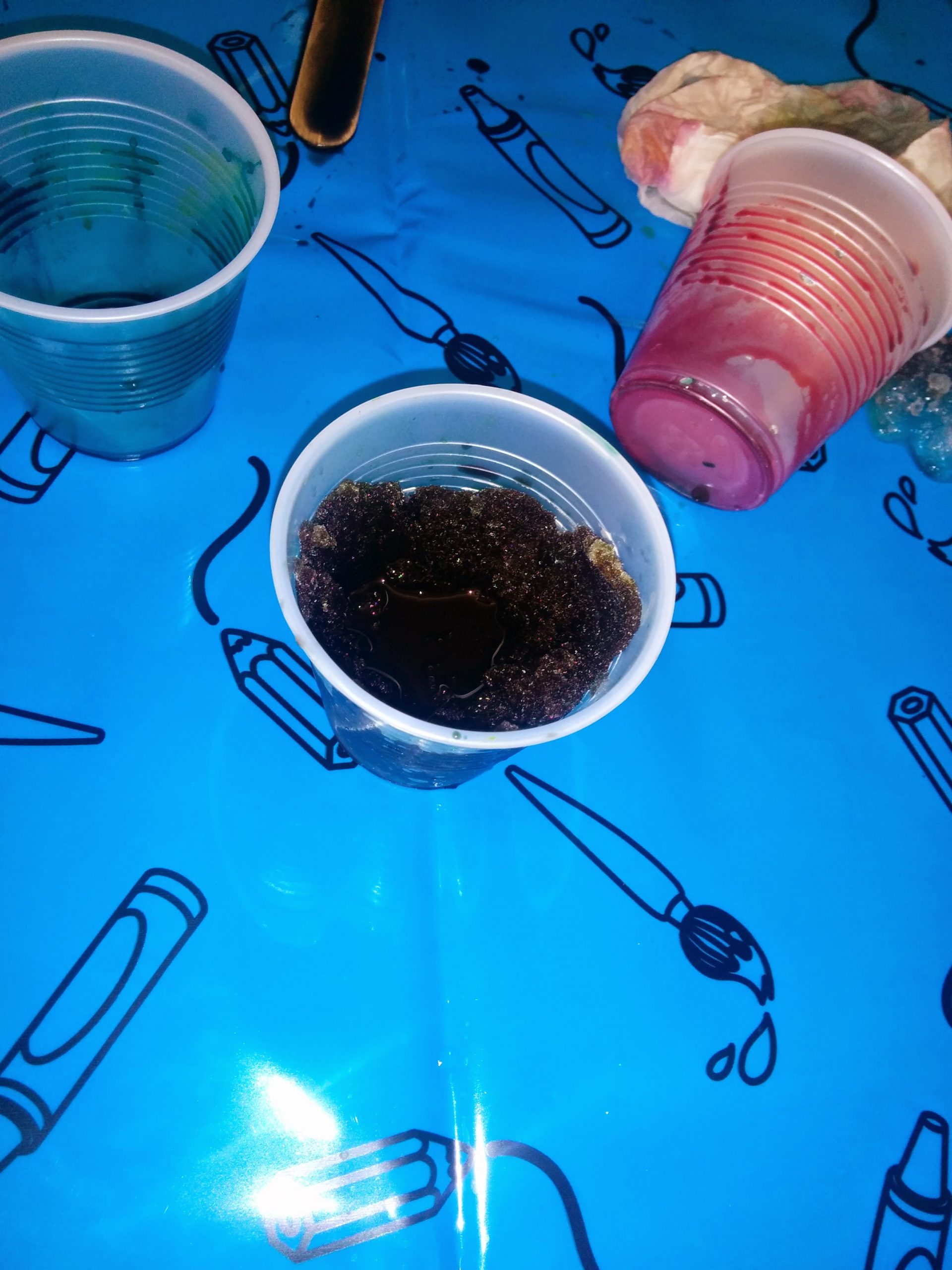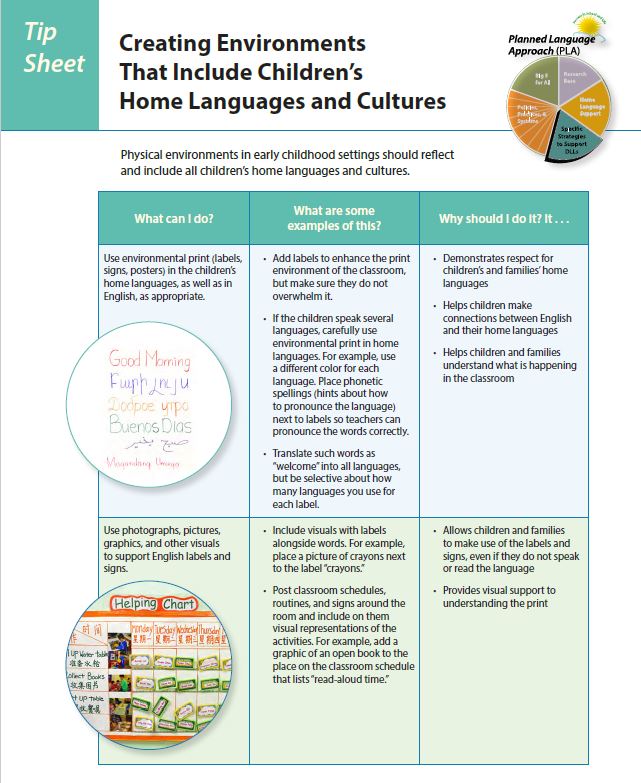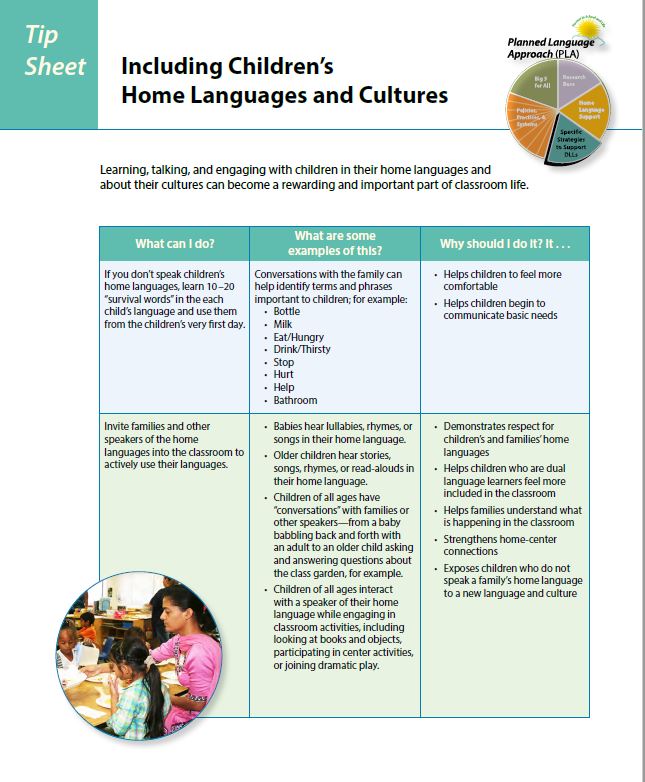Leer con los niños tiene tantos beneficios…
Pero puede ser difícil mantener el interés de un grupo de niños. He aquí algunas formas de hacer que tus ratos de cuentos atraigan más a los niños y les ofrezcan los beneficios que pueden aportar los libros.
- Elige literatura de alta calidad. Si tú te aburres leyéndolo, ellos se aburrirán escuchándolo. Busca ilustraciones interesantes, personajes característicos, ritmo y rima divertidos y elementos relacionables.
- Conserva los libros que obtengan una buena respuesta y archiva los que aún no capten su interés. Rota los libros cuando se estén quedando anticuados y sigue intentándolo.
- Utiliza tu biblioteca local para mantener una rotación activa y probar nuevos autores, ilustradores y géneros. Además, los bibliotecarios infantiles pueden tener sugerencias de libros para leer a continuación.
- Los libros deben estar en todas partes. Sí, una estantería o una cesta con libros es importante para que los niños tengan acceso a ellos, pero guarda libros sobre física y grandes edificios con los bloques, guarda libros sobre plantas en una caja impermeable en el exterior y guarda libros de cocina con tu cocina de juegos.
- La hora del cuento no es una hora fija: ¡es cuando alguien quiere leer! Hay que dejar que los niños se interesen por los libros cuando estén interesados y preparados, y los niños a los que se permite elegir libremente cuándo escuchar un cuento disfrutarán más de ellos. Además, no siempre se puede saber quién está prestando atención sólo por dónde está su cuerpo: muchos educadores han oído a un niño al otro lado de la habitación unirse al coro de un cuento.
- La última página no es una línea de meta: El objetivo es implicar a los niños en el texto. Tanto si eso significa dejar un libro que no interesa a los niños, como hablar con ellos durante 5 o 10 minutos sobre una sola página, recuerda que no se trata de una carrera hasta el final. Cuando los niños hacen preguntas o se salen por la tangente en relación con el tema o relacionan la historia con sus propias experiencias, están interiorizando la riqueza del texto y su uso como herramienta de comunicación y conexión.
¿Cuál es tu libro favorito para leer con un grupo de niños?
Language development is the process by which children acquire the ability to communicate verbally (or signed) and in writing. This begins in utero when the fetus is able to hear patterns of sounds, and continues through crying, vocalizing, babbling, and mimicking, into words, sentences, and eventually writing. Bilingual or multilingual development occurs when a child is consistently exposed to and using more than one language at once.
We know that babies learn language from being spoken and sung to, but new research states that young babies learn more from the rhythm and the way we speak than the individual sounds we’re making.
Why reading nursery rhymes and singing to babies may help them to learn language | University of Cambridge
This is just more reason to keep singing and reading to even the youngest babies throughout the day!
Remember, singing to the baby in front of you is much more powerful than playing recorded music.
“High cognitive scores during infant-directed singing suggested that engagement through song is just as effective as book reading or toy play in maintaining infant attention, and far more effective than listening to recorded music,” said [researcher Shannon] de l’Etoile. Mothers and infants connect through song | ScienceDaily
Supporting the home language is essential in helping strengthen cultural and linguistic identity and developing a connection to the second language. Intentionality in supporting home language can also aid in supporting family relationships and engagement. These tip sheets, created by the Administration for Children and Families, Office of Head Start, give caregivers practical tips and ideas to include children’s home language in your program!
Creating Environments That Include Children’s Home Languages and Cultures
Including Children’s Home Languages and Cultures
Children love to play outdoors, but in the winter it is not always possible with very low temperatures. This can be disappointing for children, especially when there is fresh snow on the ground.
You can offer children the option to play with snow indoors. Scoop snow into a bucket or other large container and put the snow in a sensory table (if you have one), the sink, the tub, or even a plastic container (such as an under the bed box) placed on some towels on the floor. Children can:
- Build a tiny snow person
- Make impressions in the snow with hands, cups, shovels, or other tools
- Use spray bottles to spray color on the snow (a few drops of washable tempera paint in a spray bottle full of water works well)
Talk about what happens to the snow that was brought inside compared to the snow they can see through the window outside as well as how the snow feels on their hands.
Goals: Use senses to explore and build vocabulary and language skills.

Encourage children to name animals and then move their body like that animal. They can incorporate sounds as well. You might even make an ‘animal parade’. Talk about the different ways they move their bodies to look like the animal and name the body parts they use. (The book From Head to Toe by Eric Carle is a great resource for this activity).
Goal: Expand children’s vocabulary related to body parts and animal names and move in a variety of ways.
Set up a space where children can create cards and letters for each other. You can include different types and sizes of paper and envelopes, stickers, stamps/stampers, and a list of the names of the children. Encourage children to draw and write or dictate messages to one another. You can create a mailbox space using a box with dividers or hanging shoe storage and label a spot for each child.

Goal: Children will communicate with each other with drawing and writing.
If you would like to learn more about emergent writing check out the Learn, Share, and Grow series about writing development on the Professional Development page.



